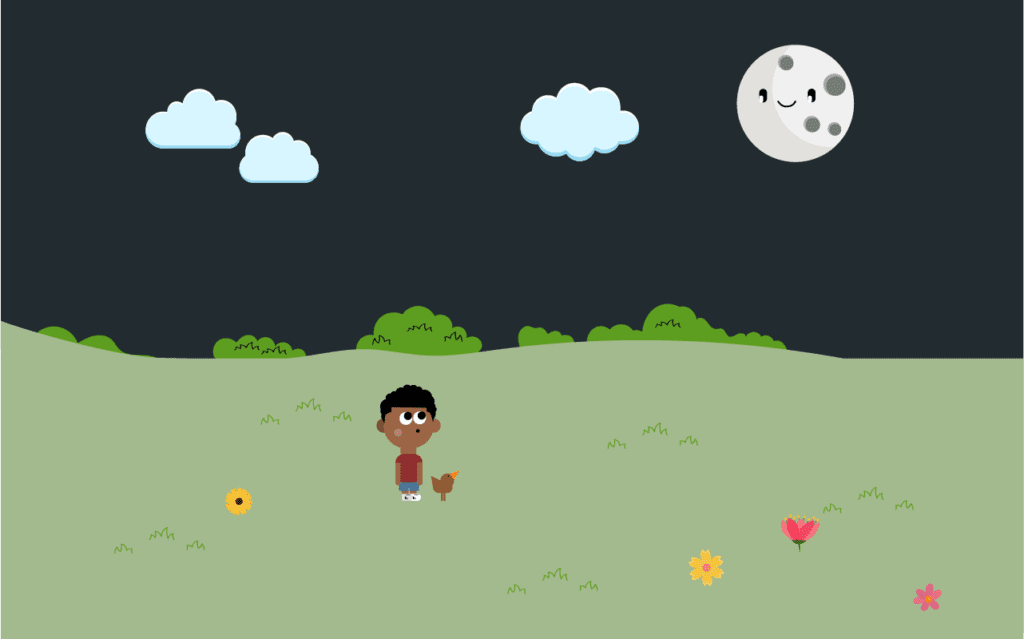Our MOON
Learn about the wonderful fact about our Moon
Fun Interactive Quiz

Listen to the article via audio.
When we gaze up into a clear night sky, we often spot the moon gleaming back at us. The moon acts like a colossal, natural night light, illuminating our nocturnal landscape. Surprisingly, numerous nocturnal creatures depend on the moon’s light for navigation and hunting during the night. Earth is unique in our solar system, having only one moon, whereas many other planets boast more than one.
Our moon features a rocky surface with an appearance somewhat akin to Earth’s deserts. Over time, its surface has been pitted by craters, created by high-speed impacts from meteoroids. Because the moon lacks an atmosphere to moderate temperature, conditions can be extremely hot or extremely cold. Temperatures on the moon’s surface can reach as high as 127 degrees Celsius in direct sunlight, plummeting to as low as -153 degrees Celsius during the lunar night.
Similar to Earth, the moon also exerts its own gravitational pull. Gravity is the force that keeps us anchored to the ground – without it, we would all float off the Earth. However, the moon’s gravitational force is considerably weaker than Earth’s. In fact, if you were on the moon, you would weigh only about one-sixth of your weight on Earth, due to this reduced gravity. This is why astronauts can be seen bounding across the lunar landscape in footage from the Apollo moon missions. Despite its relatively weak gravity, the moon’s influence is potent enough to cause tides on Earth, profoundly affecting our planet’s oceans.
The Moons Phases
Have you ever gazed up into the night sky and noticed how the shape of the moon alters from night to night throughout the month? This transformation, known as lunar phases, occurs as the moon orbits the Earth, causing its position relative to the Sun to shift. The moon illuminates our night sky not with its own light, but with sunlight that it reflects back to us. The portion of the moon that we observe from Earth corresponds to the part of the moon that sunlight strikes during its monthly orbit.
The image below illustrates the eight phases of the moon during its journey around the Earth.
Similar to Earth, the moon also rotates on its axis as it orbits our planet. Interestingly, the moon spins at roughly the same rate as its orbit around Earth, a phenomenon known as synchronous rotation. This causes only one face of the moon, the near side, to be visible from Earth. We can see about 59% of the moon’s total surface with the help of libration – an apparent wobble caused by the moon’s elliptical orbit and tilt of its axis. The opposite side, obscured from our view, is referred to as the far side or the “dark side” of the moon, although it’s worth noting that “dark” in this context doesn’t mean it’s without sunlight. Both sides receive equal amounts of sunlight over the course of a lunar day, which lasts about 29.5 Earth days.


